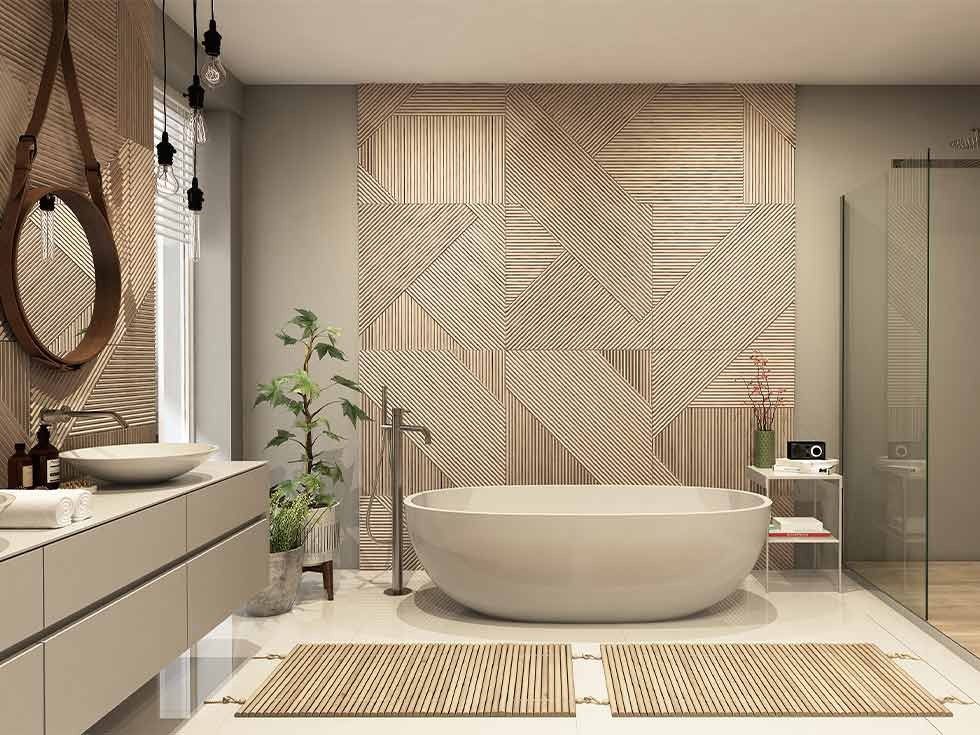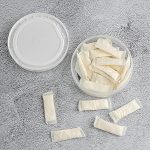How to Choose Ceramic Tiles for Kitchens and Bathrooms
Ceramic tiles are a go-to material for kitchens and bathrooms—and for good reason. They’re water-resistant, durable, easy to clean, and available in a wide range of styles. But not all ceramic tiles are created equal, and choosing the right type involves balancing aesthetics, functionality, and long-term maintenance needs.
If you’re planning a renovation or building a new space, here’s a guide to selecting ceramic tiles that are both practical and visually appealing for high-moisture environments like kitchens and bathrooms.
1. Understand Tile Ratings and Standards
Before selecting a tile, check its technical ratings. These include:
- PEI rating: Indicates the tile’s resistance to surface wear. For kitchens and bathrooms, a PEI rating of 3 or higher is typically sufficient.
- Water absorption rate: Tiles used in bathrooms should have low absorption rates, especially in wet zones like showers.
- Slip resistance: Look for a higher coefficient of friction (COF) in bathroom tiles to reduce the risk of slipping, particularly on floors.
Checking these specs ensures the tile can handle daily use in a moisture-prone setting.
2. Match Tile Type to Location
Different areas of a kitchen or bathroom require different tile properties:
- Bathroom floors: Opt for slip-resistant tiles with textured finishes or matte surfaces.
- Kitchen backsplashes: Prioritize style and ease of cleaning—glazed tiles work well here.
- Shower walls: Use water-resistant tiles with smooth surfaces for easy maintenance.
- Countertops: If using tile on counters, pick glazed ceramic tiles that are heat and stain-resistant.
Each surface has unique demands, so match your choice to the function of the space.
3. Choose the Right Finish
Ceramic tiles are available in matte, semi-gloss, and glossy finishes:
- Matte finishes offer better traction, ideal for bathroom flooring.
- Glossy finishes reflect light and make smaller rooms feel larger but can become slippery when wet.
- Textured tiles can mimic natural stone or wood but may require more frequent cleaning.
Consider both the look and the cleaning requirements of each finish.
4. Select Colors and Patterns Thoughtfully
Color can significantly impact the ambiance of your kitchen or bathroom:
- Light-colored tiles can make small bathrooms feel more spacious.
- Darker tones add sophistication but may show soap residue or water spots more readily.
- Patterned tiles can create visual interest but should be balanced with simpler design elements to avoid overwhelming the space.
For those looking for versatile options that combine subtle textures with practical finishes, Club Ceramic tiles offer a wide range of collections designed specifically for interior environments like kitchens and baths.
5. Think About Grout Lines and Layout
Tile layout and grout color can affect both appearance and maintenance:
- Narrow grout lines create a cleaner look but require precise installation.
- Contrasting grout highlights the tile layout, while matching grout blends for a seamless finish.
- Epoxy grout is highly water-resistant and ideal for wet areas but can be more expensive.
Also, consider whether you prefer a traditional grid pattern, staggered layout, or herringbone design. These choices impact both aesthetics and installation costs.
6. Consider Maintenance and Longevity
Ceramic tiles are generally low maintenance, but some surfaces are easier to keep clean than others. Glazed ceramic tiles resist staining better than porous unglazed options. Regular sweeping and mopping are usually enough for daily upkeep.
It’s also wise to keep a few extra tiles after installation in case any need replacing due to cracks or chips.
Conclusion
Choosing ceramic tiles for kitchens and bathrooms involves more than just picking your favorite color. By understanding tile ratings, matching types to function, and carefully selecting finishes and layouts, you can create spaces that are both beautiful and built to last.

















